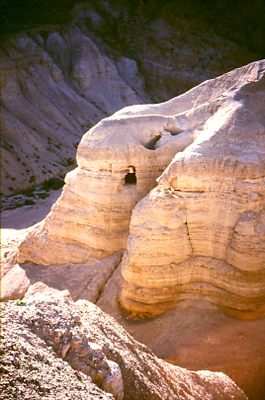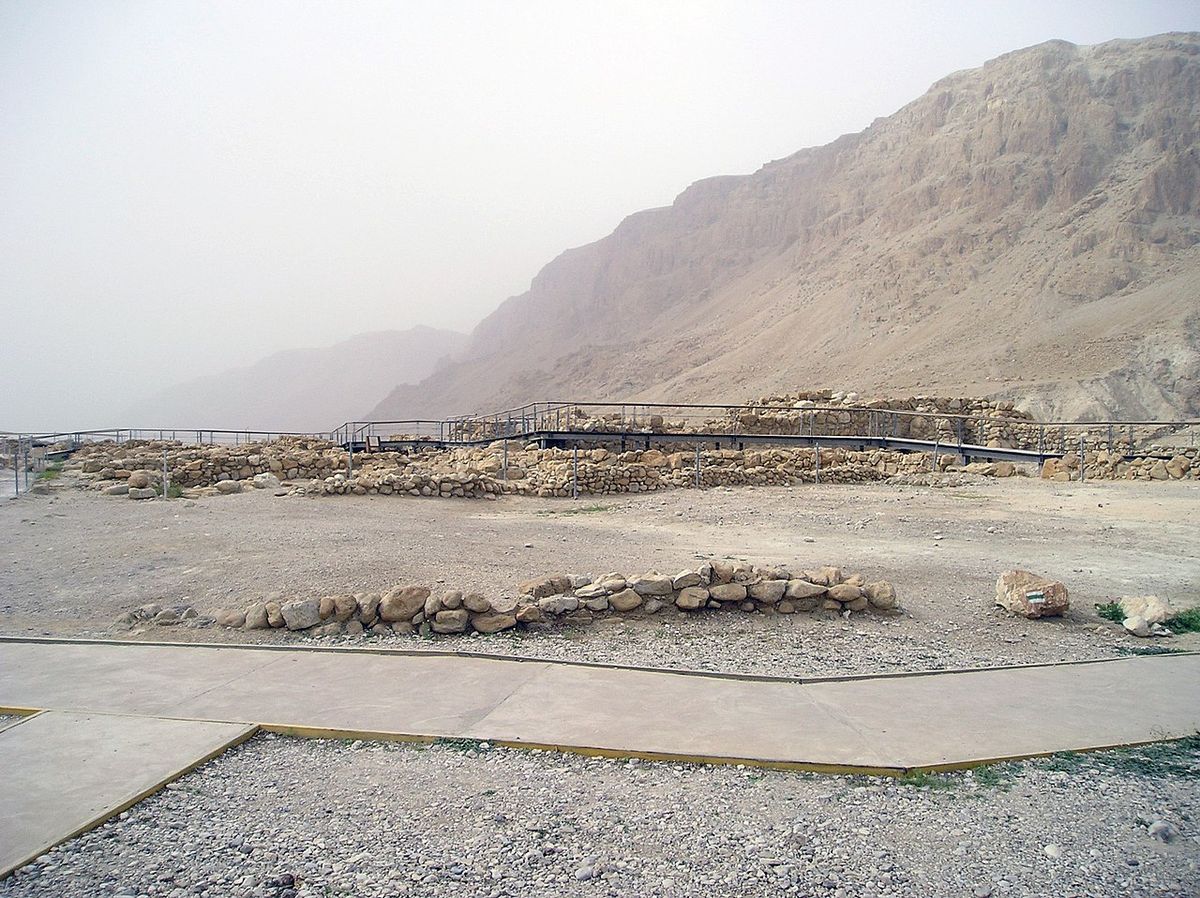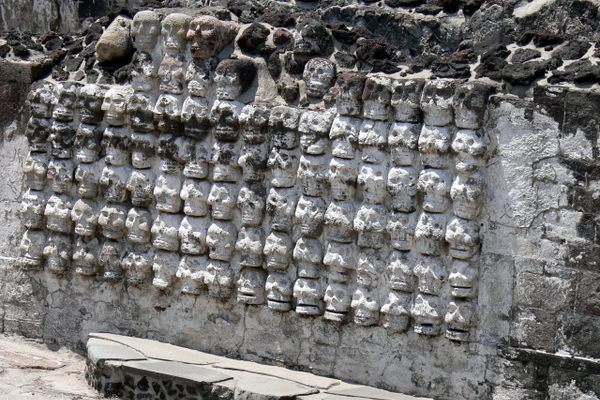About
The story of Qumran began in the second century BC when the Essenes settled in this remote spot near the Dead Sea. The Essenes were an all-male Jewish sect that lived in Israel from the 2nd century BC until the fall of the second temple in 70. They lived a monastic life, and strictly observed the rules of Moses as they were written in the Torah.
It is thought that about 200 people lived in Qumran, sharing meals, studying scripture and keeping their own calendar. The Romans conquered Qumran in 68, destroyed it, and the Essenes dispersed, leaving the ruins largely abandoned for almost 2,000 years.
In 1947, Bedouins came across several ancient scrolls stored in jars inside a cave in the desert near Qumran, which was the beginning of a significant discovery. Archeologists began to explore the area and between 1947 and 1956 found a total of 20 complete scrolls and some 16,000 fragments of manuscripts spread across 12 caves. The scrolls found include books from the Hebrew Bible, non-biblical religious texts, and detailed descriptions of the daily life of the Essenes people. Today, the collection is widely known as the Dead Sea Scrolls.
A visit to the Qumran National Park gives us a peek into this mysterious historical story. Thanks to the arid climate of the Dead Sea Valley, the ruins of Qumran village were very well preserved. The complex includes remnants of an aqueduct, water reservoirs, kitchens, a watch tower, and a gathering hall. There is a museum at the site that houses archeological finds from excavations at the site. The caves can be viewed from an observation deck, but the entrance to the caves is not permitted to the public.
Related Tags
Know Before You Go
The park is open from April to September from 8 a.m. to 5 p.m. and from October to March from 8 a.m. to 4 p.m. Entrance fees are 21NIS for adults and 9NIS for kids. The park is wheelchair accessible and aids are available the visually impaired.
Community Contributors
Added By
Published
January 20, 2020





































